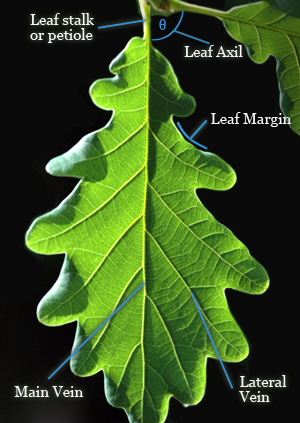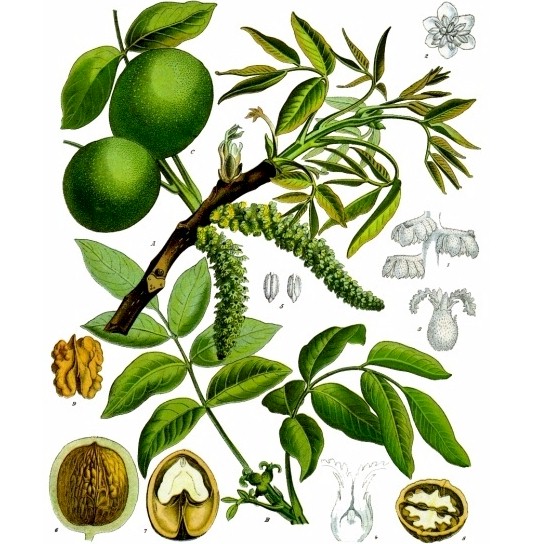Identifying Hardwood Trees Uk

The shape of a leaf can also give clues when identifying broadleaf tree species.
Identifying hardwood trees uk. Most common hardwoods unlike the conifers or softwood firs spruce and pines hardwood trees have evolved into a broad array of common species. Examine the leaves of the tree. Ash tree bark is smooth and pale grey in saplings. The guide to american hardwood species.
Hardwood leaves also will have a delicate network of veins visible on the top or undersides of the leaves. These leaves can be single blade leaves or have multiple leaves attached to one stem. Pedunculate oak tree bark is grey. Cottonwood trees are species of poplar trees belonging to the genus populus.
The uk has at least fifty species of native trees and shrubs and many more species of introduced non native trees. Look at the leaves or needles. What we half remember is enough for us to happily relegate trees to the background of everywhere we go and everything we do. Hardwood trees have broad leaves.
The wood from hardwood trees tends to be harder because the trees grow at a slower rate giving the wood its greater density. These large trees can grow to between 50 and 80 ft. As a resource american hardwoods are abundant renewing and sustainable and an excellent choice for eco effective design and building. 15 24 m.
Tree identification guide it s easy to go through life with what our third grade teacher taught us about trees. I t is possible to identify many of our native trees by looking at their leaves. 30 m or more. It isn t until one dies on your property and you need a tree removal.
How to identify trees by leaf shape. Wild cherry tree bark is shiny and maroon with tiger stripes. This guide features 20 of the most abundant and most often used hardwood species. With age the bark develops shallow grooves deep fissures and bosses.
Some use wind or water some use explosive force and some hitch a ride on passing animals. Old bark peels off in ribbons. Strictly speaking identification should involve examination of the flowers petals sepals stamens etc which are less variable than leaves however in most cases it is possible to make an identification using just a few features of the leaves and twigs. Is it a broadleaf usually deciduous or is it a conifer usually with needles or scales.
Some species of cottonwood trees have been known to reach heights of 100 ft. Basic tree identification tips. We look at each of these clever methods. Cottonwood trees are also large shade trees and their sprawling branches have a spread of up to 113 ft.
Examples of such tree varieties are oak and beech. Amy lewis 23 aug 2019 trees have found several ingenious ways to ensure their seeds are spread far and wide. Common leaf identification shapes include ovate egg shaped lanceolate long and narrow deltoid triangular obicular round and cordate heart shaped. There are lots of features that give you clues to what species it is.














































